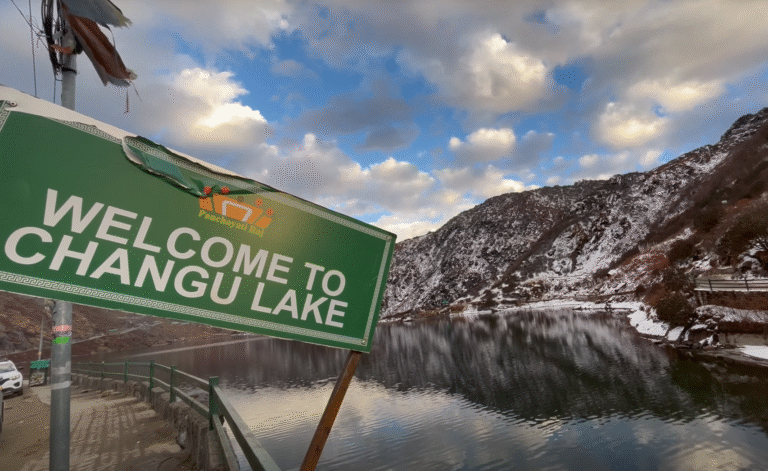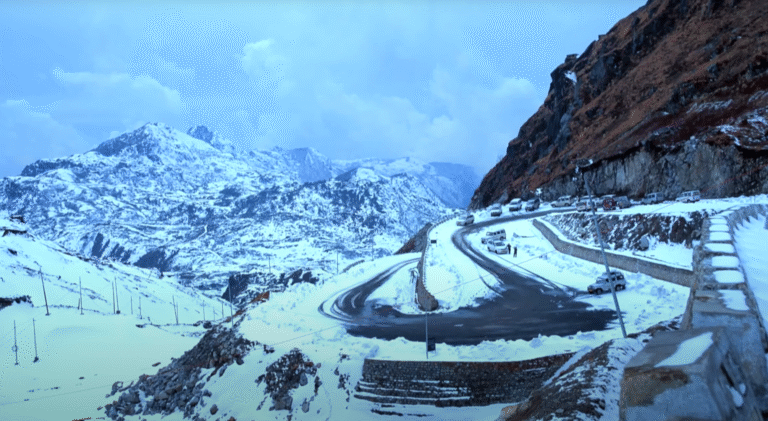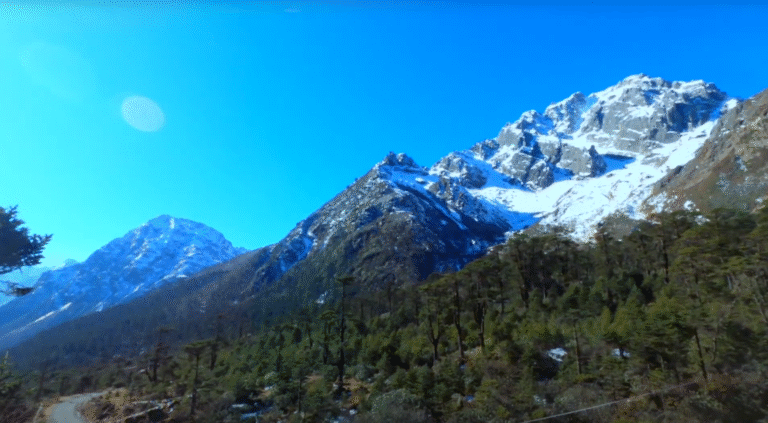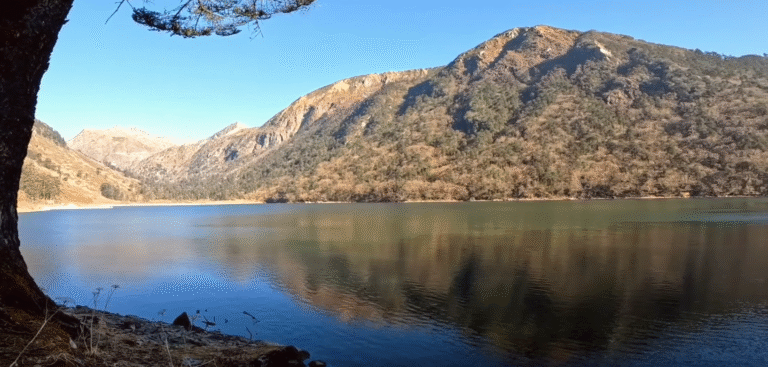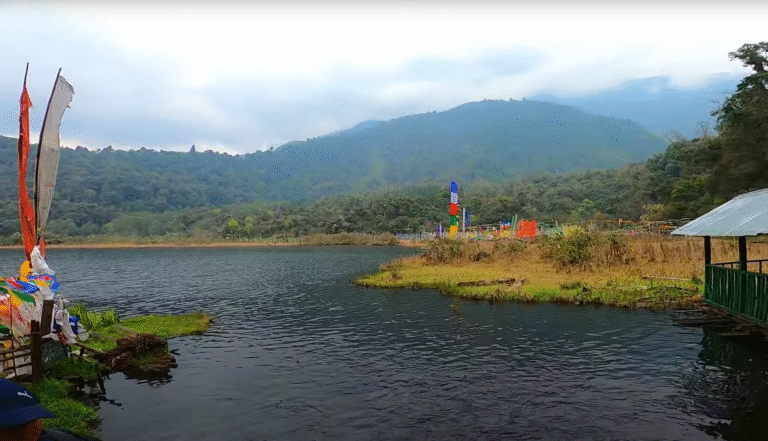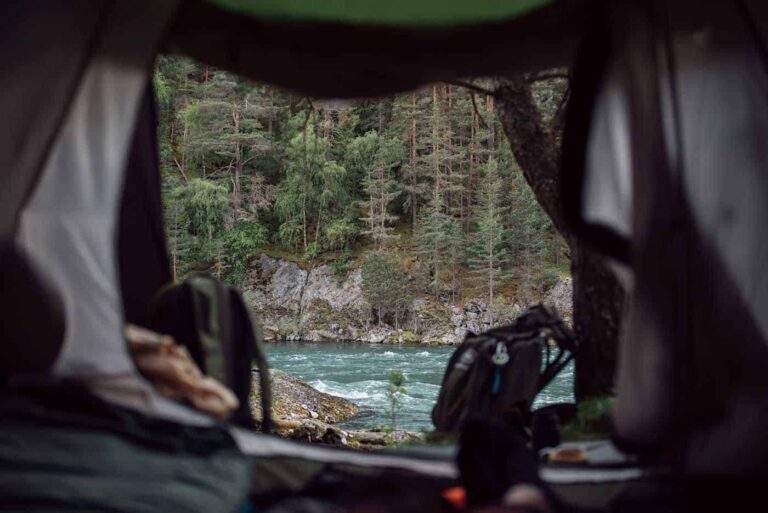Complete Travel Guide to Dal Lake, Kashmir
Introduction – The Jewel of Srinagar
Spread across 22 square kilometers in the heart of Srinagar, Kashmir, Dal Lake is more than just a water body—it’s a living symbol of the valley’s charm and culture. Often called the “Jewel in the Crown of Kashmir”, the lake is encircled by the snow-draped Zabarwan mountain range and fringed with gardens, orchards, and willow trees. Its mirror-like waters reflect the Himalayas and the vibrant life that thrives on it—houseboats, shikaras, floating gardens, and lively markets.
Dal Lake is divided into four basins—Gagribal, Lokut Dal, Bod Dal, and Nagin Lake—each offering a slightly different experience. From sunrise shikara rides through lotus-filled waters to cozy nights in traditional Kashmiri houseboats, the lake captures the soul of Srinagar’s tourism.
History & Legends of Dal Lake
Dal Lake’s history dates back centuries.
Mughal Era Splendor
The Mughal emperors, especially Jahangir, were mesmerized by Kashmir’s beauty. Jahangir is said to have proclaimed, “If there is paradise on Earth, it is this, it is this, it is this.” They built lavish Mughal gardens—Shalimar Bagh, Nishat Bagh, and Chashme Shahi—along the shores of Dal Lake, which continue to attract visitors.
Cultural Heritage
Dal Lake became famous in the 19th and 20th centuries for its houseboats, originally built by the British. Since foreigners were not allowed to own land in Kashmir, they built floating wooden houses on Dal Lake instead. Today, these houseboats have become icons of Kashmiri hospitality.
Legends & Myths
Locals believe Dal Lake is fed by sacred springs and that the lake is blessed by saints. One legend connects the lake with Hazratbal Shrine, giving it spiritual significance.
Geography & Natural Beauty
- Altitude: 1,583 meters above sea level
- Divisions: Gagribal, Lokut Dal, Bod Dal, and Nagin Lake (connected)
- Floating Gardens (Rad): Unique marshy lands where vegetables, especially cucumbers and tomatoes, are grown on water.
The lake changes its look with the seasons: lotus blossoms in summer, golden chinar leaves in autumn, and icy stillness in winter.
Best Time to Visit Dal Lake
Dal Lake is open to visitors throughout the year, but each season offers a distinct charm:
Spring (March–April)
- Almond blossoms and tulips create a colorful backdrop.
- Perfect time to visit the Indira Gandhi Tulip Garden nearby.
Summer (May–June)
- Pleasant weather (15–30°C).
- Peak tourist season with bustling shikaras, water sports, and garden visits.
Monsoon (July–September)
- Occasional rainfall, fewer crowds.
- Ideal for peaceful stays and budget travelers.
Autumn (October–November)
- Famous for golden-red chinar leaves.
- Photographers’ paradise.
Winter (December–February)
- Temperature drops below zero; lake sometimes freezes.
- Shikaras glide through thin ice sheets, a surreal sight.
Pro Tip: For most travelers, April–October is the best time to enjoy Dal Lake fully.
How to Reach Dal Lake
By Air
- Nearest airport: Srinagar International Airport (SXR) – ~22 km.
- Daily flights from Delhi, Mumbai, Bangalore, Chandigarh, Amritsar.
By Train
- Jammu Tawi (270 km) – major railhead with good connectivity.
- Udhampur (200 km) – smaller but closer.
By Road
- Srinagar is connected via NH44 from Jammu, Delhi, Punjab.
- JKSRTC buses, Volvo coaches, and private taxis available.
Top Things to Do at Dal Lake
1. Shikara Rides – The Soul of Dal Lake
- Duration: 1–4 hours.
- See floating gardens, markets, and lotus fields.
- Cost: ₹500–1,200 (depending on duration and season).
- Best time: Early morning (sunrise) or evening (sunset).
2. Stay in a Houseboat
- Types: Budget (₹1,500/night), Mid-range (₹3,000–5,000), Luxury (₹8,000+).
- Unique experience: Kashmiri carpets, carved wood interiors, and traditional food.
- Many houseboats offer Wi-Fi, heaters, and cozy firewood in winter.
3. Floating Vegetable Market
- Held between 5–7 am.
- Farmers trade vegetables and flowers from boats.
- Must for photographers and culture lovers.
4. Explore Mughal Gardens
- Shalimar Bagh, Nishat Bagh, Chashme Shahi – built during Mughal rule.
- Best visited in spring or summer.
5. Visit Hazratbal Shrine
- A revered Muslim shrine, believed to house a relic of Prophet Muhammad.
- Peaceful white marble architecture near Dal Lake.
6. Water Sports & Adventure
- Kayaking, canoeing, water skiing (summer).
- Ice skating (rare, during harsh winters if lake freezes).
7. Shopping by the Lake
- Floating shops sell saffron, papier-mâché handicrafts, jewelry, shawls, and dry fruits.
- Don’t miss pashmina shawls and Kashmiri carpets.
Food Experiences Near Dal Lake
Dal Lake offers not just scenery but also flavors of Kashmir:
- Rogan Josh – lamb curry in aromatic spices.
- Yakhni – mutton in yogurt sauce.
- Gushtaba – meatballs in curd gravy, part of Wazwan feast.
- Kashmiri Pulao – saffron rice with nuts and dry fruits.
- Haak Saag – collard greens.
- Kahwa – green tea with saffron, almonds, and honey.
Don’t miss a full Wazwan experience at a houseboat or local restaurant.
Festivals & Events Around Dal Lake
- Tulip Festival (March–April): Asia’s largest tulip garden opens near Dal Lake.
- Shikara Festival (July): Shikara races and cultural shows on Dal Lake.
- Eid Celebrations: Hazratbal Shrine draws thousands of devotees.
- Navroz & Baisakhi: Celebrated with local Kashmiri flavor.
Suggested Itineraries
1-Day Itinerary
- Morning: Shikara ride + floating market.
- Afternoon: Mughal Gardens.
- Evening: Sunset at Dal Lake + shopping.
2-Day Itinerary
- Day 1: Houseboat stay, evening shikara ride.
- Day 2: Hazratbal Shrine + Shankaracharya Temple + Mughal Gardens.
5-Day Kashmir Itinerary (with Dal Lake)
- Day 1: Arrival + Dal Lake.
- Day 2: Srinagar sightseeing (gardens, temples, shrines).
- Day 3: Gulmarg day trip.
- Day 4: Pahalgam day trip.
- Day 5: Sonamarg or local shopping + departure.
7-Day Detailed Itinerary
- Day 1: Arrival, check into houseboat, evening shikara ride.
- Day 2: Floating market + Mughal Gardens + Hazratbal Shrine.
- Day 3: Gulmarg (cable car ride).
- Day 4: Pahalgam (Betaab Valley, Aru Valley).
- Day 5: Sonamarg (Thajiwas Glacier trek).
- Day 6: Local Srinagar exploration (Pari Mahal, Tulip Garden, shopping).
- Day 7: Leisure day at Dal Lake + departure.
Hidden Gems Near Dal Lake
- Char Chinar Island – Small island with four chinar trees in Dal Lake.
- Nagin Lake – Quieter alternative, ideal for honeymooners.
- Pari Mahal – Garden with Persian-style architecture and epic sunset views.
- Harwan Garden – Less crowded, serene picnic spot.
- Floating Post Office – The only one of its kind in India, right on Dal Lake.
Cost Breakdown
- Shikara Ride: ₹500–1,200 (1–3 hrs).
- Houseboats: Budget ₹1,500–3,000 | Mid-range ₹3,500–6,000 | Luxury ₹7,000–12,000+.
- Food (per person/day): ₹500–1,000.
- Transport (local taxi): ₹1,000–2,000/day.
Average 3-day Dal Lake trip: ₹12,000–20,000 per person.
Safety & Travel Tips
- Always book houseboats through verified platforms.
- Carry woolens, even in summer (nights can get chilly).
- Bargain politely for shikara rides.
- Respect local customs and dress modestly.
- Carry cash—ATMs are limited around the lake.
- Avoid walking on frozen lake unless guided by locals.
Conclusion
Dal Lake is more than just a lake—it’s an emotion, a canvas where nature paints a new masterpiece each day. At sunrise, the water glitters like liquid gold; by afternoon, it reflects the vibrant life of shikaras, houseboats, and floating gardens; and at night, it rests quietly under a blanket of stars.
Every ripple here tells a story—of Mughal emperors who built gardens along its banks, of locals selling saffron and vegetables from floating markets, of travelers who found love and peace in its still waters. Whether you’re sipping Kahwa on a houseboat balcony, watching chinar leaves turn golden in autumn, or hearing the call of prayer echo across the lake at dusk—Dal Lake offers moments that stay with you long after you’ve left Srinagar.
